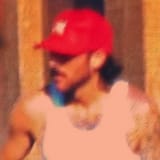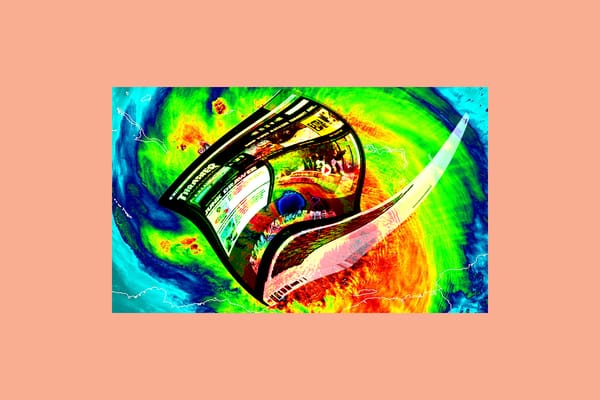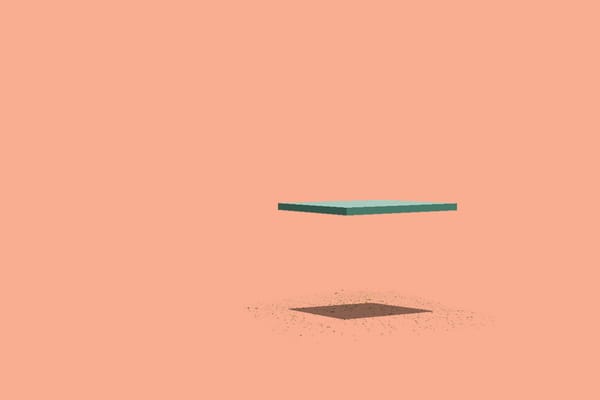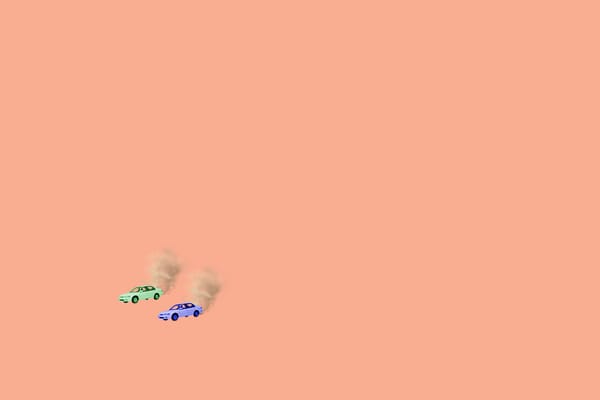Waxing Poetic #3: “The Second Coming”
Christian N. Kerr navigates the widening gyre of society and skateboarding through William Butler Yeats' post-war poetry.

Have you heard? Skateboarding’s dead. Or it’s dying, at least. Pick your prophet, P.Rod, The Nine Club, John Hill, everyone’s saying it for one reason or another: The end is near for the culture we love. Sad (and still dubious) as these prophecies may be, skateboarding’s Doomsayers aren’t alone in their worries; the whole world’s on the brink. Climate catastrophes, nuclear nightmares, declining rates of births and literacy — you don’t need AI to hallucinate the horsemen that’ll lead us into a cataclysmic abyss.
Society seems to be crumbling, and skaters can only ignore the resulting stop-rocks for so long. If we’re lucky, we’ll make it out with flat-spots; if we’re not, we’ll fall flat on our face. Some solace can be found, however, in the fact that we aren’t the first to be going through this predicament, or something like it. It’s ABD, having Already Been Described in vivid verse a century and six years ago. See: “The Second Coming,” by W.B. Yeats.
You’ve probably encountered a phrase or two plucked from this poem. Joan Didion and Chinua Achebe pulled book titles from it, as did The Roots and Sleater Kinney with albums. The writer Fintan O’Toole suggested you could index the perceived shittiness of the world by how frequently it’s quoted, and since 2016, journalists and politicians have cribbed from it prodigiously. Though the poem was inspired by concerns specific to the poet’s period, place, and person (the fallout of the first World War, the start of the Irish struggle for independence, a raging flu pandemic that nearly killed Yeats’ pregnant wife) its imagery stretches across time and subject, making its message applicable to almost anything, even the sorry state of today’s skateboarding.
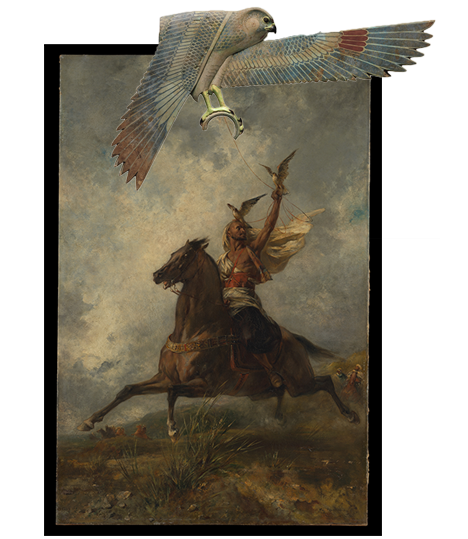
“Turning and turning in the widening gyre / The falcon cannot hear the falconer.”
The poem’s first stanza is a series of pronouncements about how bad things have gotten. And its opening image signifies the whole sordid shebang of a degrading culture — a falcon flying in expanding circles, deaf to the calls of its handler. Humanity, which had once tamed wild nature to our demands, has lost it. Then, as the poet says in the vague vocabulary of the stunned, “Things fall apart”.
Think of the falconer as a skater and the falcon their skateboard. When skating, we’re connected to this product of nature via a fine web of invisible forces, gravity, inertia, momentum, friction, fear, belief. Mastery over these makes tricks look like magic, but now and again, these powers go awry to painful effect. Skaters know the feeling in shinners and slip-outs, or in seeing Jake Brown “turning and turning” 720° before plummeting four storeys to flat at the X Games. Simply put, sometimes we can’t hold our centre, so we fall.
Collectively, too, skateboarding seems disoriented. Dizzy from the prospects of our own expansion, the culture no longer seems beholden to whatever core once stood at its centre. The gyre has widened.
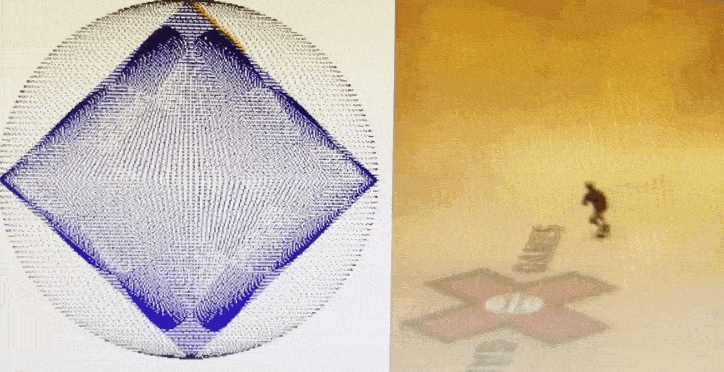
What the “widening gyre” means to Yeats is a little more complicated than what it means to Webster’s. The phrase is part of a dense set of mystical theories he developed through decades of sincere study into the occult. In that way, Yeats was kind of like the Bobby Puleo of poetry. While you don’t need to know about their interest in arcane rituals and hermetic orders to appreciate their output, the rabbit holes do add some depth. (For one, I can’t help but see in Puleo’s numerology the same schematizing impulse that drives his rigid rules on style and the restless “blockwork” he uses to map out new skate spots.)
Yeats’ system is sort of like the sacred geometry stuff Rob Dyrdek would later ride to stardom. The gist is that everything from historical epochs to individual human lives turns in cycles, which Yeats drew out as two interpenetrating cones, or gyres. On a grand scale, these cycles would play out every 2,000 years or so, but within this macrocosmic movement were also microcosmic shifts as minor as a person's ebb and flow with the moon, and all of these are interlaced and rotating within a sort of universal sphere. Is your head spinning, too?

Strange as all that sounds, skateboarders know about cycles, too. Pants widen and tighten, tricks go from trendy to corny then cool again, spots come and go and reappear elsewhere, pros peak and fade and are born again, companies rise and die and are resuscitated, and all of these are dependent on the larger, overarching historical cycles of which they’re a part. (Or is it “apart,” as skaters celebrating sponsorships often write it, perhaps an ironic denial of how their livelihoods are beholden to wider political and economic patterns.) But, anyway, Yeats’ cycles don’t only repeat, they also expand and accelerate. And then come the wobbles and the crash.
“The ceremony of innocence is drowned; / The best lack all conviction, while the worst / Are full of passionate intensity.”
Once things start falling apart, it’s as if a dam bursts. “Mere anarchy” surges in like “blood-dimmed” floodwaters, drowning what the poet calls “the ceremony of innocence.” Sounds a lot like what’s happened to the once simple game of S.K.A.T.E., a synecdoche for what’s happened to skate culture.
What began as a chill way to practice flat with your friends has spiralled out into a consequential sport with brutal sponsors. The Berrics’ Game of S.K.A.T.E.™ spawned countless spin-offs with more and more shady sponsors. Now you can tune into SLS’s “Game of Stake,” brought to you by the world’s largest online gambling platform, or to matches on The Boonies, hosted by right-wing podcaster and puppet of Putin, Tim Pool. Competitors in these events may plead their guiltlessness. They’re just trying to survive as a skater, after all. And therein is the inescapable mess: Everybody ends up washed when the wastewaters of capitalism sweep skateboarding off its feet. Adrift, even the most core look for whatever lifelines they can find.

What results is a damned dynamic, a moral inversion that promotes the least principled people up the professional ranks. This might explain why your former favourite skater burnt out or never blossomed, why the podiums are all stickered up with poisonous corporate logos, why the lauded legends have shown themselves to be laughable losers, and why it might feel like something essential to the core identity of skateboarding is missing. There’s got to be a way back to the good ol’ days, though. Right?
“Surely some revelation is at hand; / Surely the Second Coming is at hand.”
The second stanza starts with such an expectation. For sure, the poet casually claims with the tone of the passively privileged, we’ll be rescued. That same sentiment buoys the skateboard industry as it treads the rising waters. Surely Nike or New Balance will keep our sinking finances afloat. The Olympics will inject that youthful blood we need to meet growth targets. A new video game will bring in a fresh bunch of kids the way THPS did two decades ago. It’s indubitable, dude.
But no handout, handshake, or handheld console has kept the skateboarding industry from Dwindling into a ghost of its former self. And “The Second Coming” offers no salvation either.
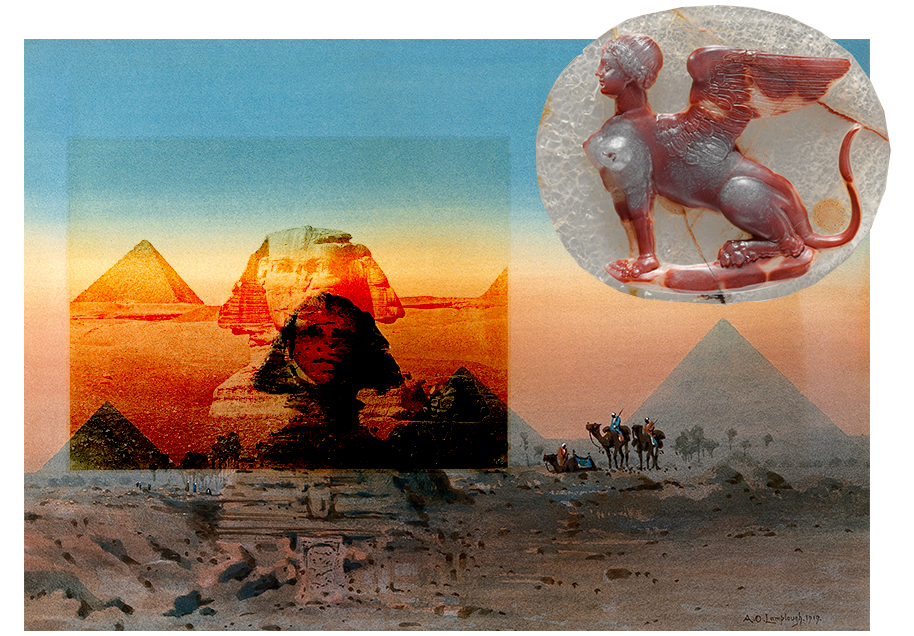
“a vast image out of Spiritus Mundi / Troubles my sight”
With the suddenness of a salvia trip, an uncanny apparition materializes mid-verse: a slowly approaching Sphinx in the desert, surrounded by the shadows of circling birds. This Theories of Atlantis graphic comes from what Yeats calls the Spiritus Mundi, a kind of collective unconscious where archetypal images live.
Yeats’ poem-writing process is worth noting here. He’d channel this Spiritus Mundi in trance-like sessions of “automatic writing” with his wife. Then the hard, human part: decoding the thousands of pages of notes scribbled in the séances, cutting and condensing until he arrived at the poem’s final ecumenical form. It’s like the process of filming and editing Antonio Durao’s part for THE HARDBODY VIDEO, where hours of raw, supernatural improvisation are refined into AD’s OD quintessence.
Back to the brute. This disturbing premonition looks less futuristic than ancient, that Egyptian stone guardian, part human, part lion, staring across millennia. Or the Sphinx from Greek mythology, who strangles anyone who gets the answer to her riddle wrong. Then there’s the likeness to Oscar Wilde’s “The Sphinx,” a poem all about confronting the fin de siècle despair of late-19th-century Europe.
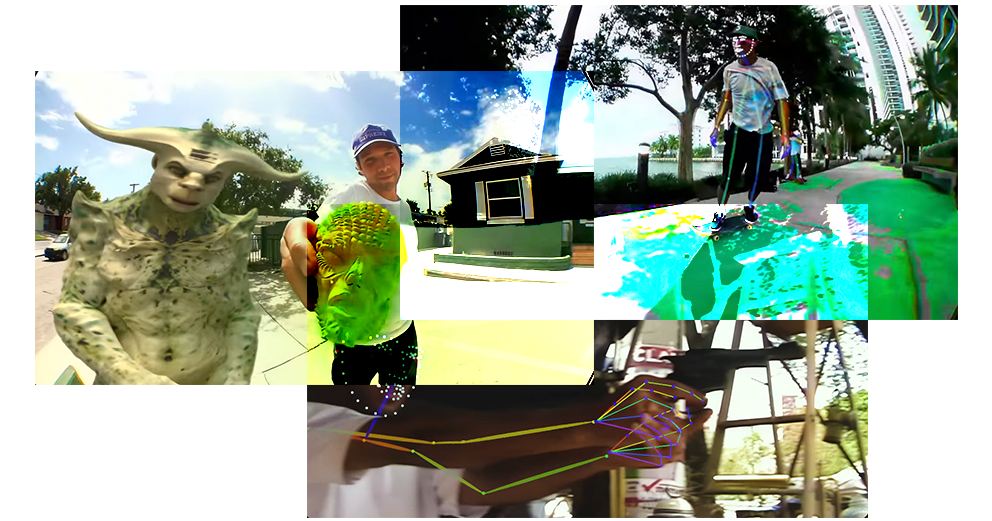
Whatever its relations to the Sphinxes of old, we can’t read its intentions. Its expression is empty and impersonal, “a gaze blank and pitiless as the sun.” EDGLRD videos embody that monstrous perspective. Their provocative edits conjure up a reality where skaters are but points of data to be captured by computer programs, their style swallowed whole and spit out in a soulless substitute. They show the annihilating gaze of the Sphinx made real, at least virtually.
Whether this version of skating is prophecy or just a glitch, we cannot say. In the poem, the vision vanishes, and the poet is left in the dark, feeling around for an answer to an eternal question…
“And what rough beast, its hour come round at last, / Slouches towards Bethlehem to be born?”
When Yeats was writing “The Second Coming,” the certainties that stitched his world together were coming undone. Old systems of government were proving themselves hollow and new leaps in science and technology were challenging what it meant to be human. Something seemed incipient, but what?
Much of the poem suggests something hard and unsparing. And a century later, as we’re watching similar crises flaring up again, it’s hard not to look to the future and see something frightening. Climate collapse, political disorder, economic troubles, the eroded social contract — any of these can make skateboarding more difficult if not outright impossible to maintain. We’ve felt the rumble of that beast’s approach. There’s a battening of the hatches going on: big brands are laying off employees, small shops are shuttering from tariffs, and cities are sending out swarms of militarized police to break up our skate contests. Some scenes have already experienced even worse: wildfires and wars, tsunamis and starvation — catastrophes where skating seems almost absurd.
But that’s the extreme. Most of us might come to notice that the beast is just what skateboarding becomes as it hobbles on. As the political theorist Richard Hofstadter once wrote about the United States, we seem “to slouch onward into its uncertain future like some huge inarticulate beast, too much attainted by wounds and ailments to be robust, but too strong and resourceful to succumb.” At a certain angle, isn’t that skateboarding, too? Content. Dumbly pushing our busted bearings across a dilapidating land, too locked in to stop but too bummy to do something better?
Again, the poem doesn't provide an answer. But that’s not what poetry does, not according to W.H. Auden. In his elegy for Yeats, Auden writes: “Poetry makes nothing happen: it survives / In the valley of its making where executives / Would never want to tamper.”
My thoughts go, as they so often have over the past two years, to a valley seventy-five miles southwest of Bethlehem, Gaza. There, the people have been devastated by violence and deemed expendable by those in power. Yet they survive; some even find ways to skate. It won’t stop the genocide they’re facing. Like poetry, their skating “makes nothing happen,” but it’s become a practice they can’t live without sharing. I think of Rajab Al-Rifi sweeping away the rubble and teaching someone new how to stand up on the city’s single battered board left rolling. I think of a kid finding, for the first time in their unstable world, their balance. That’s where the centre still holds.

